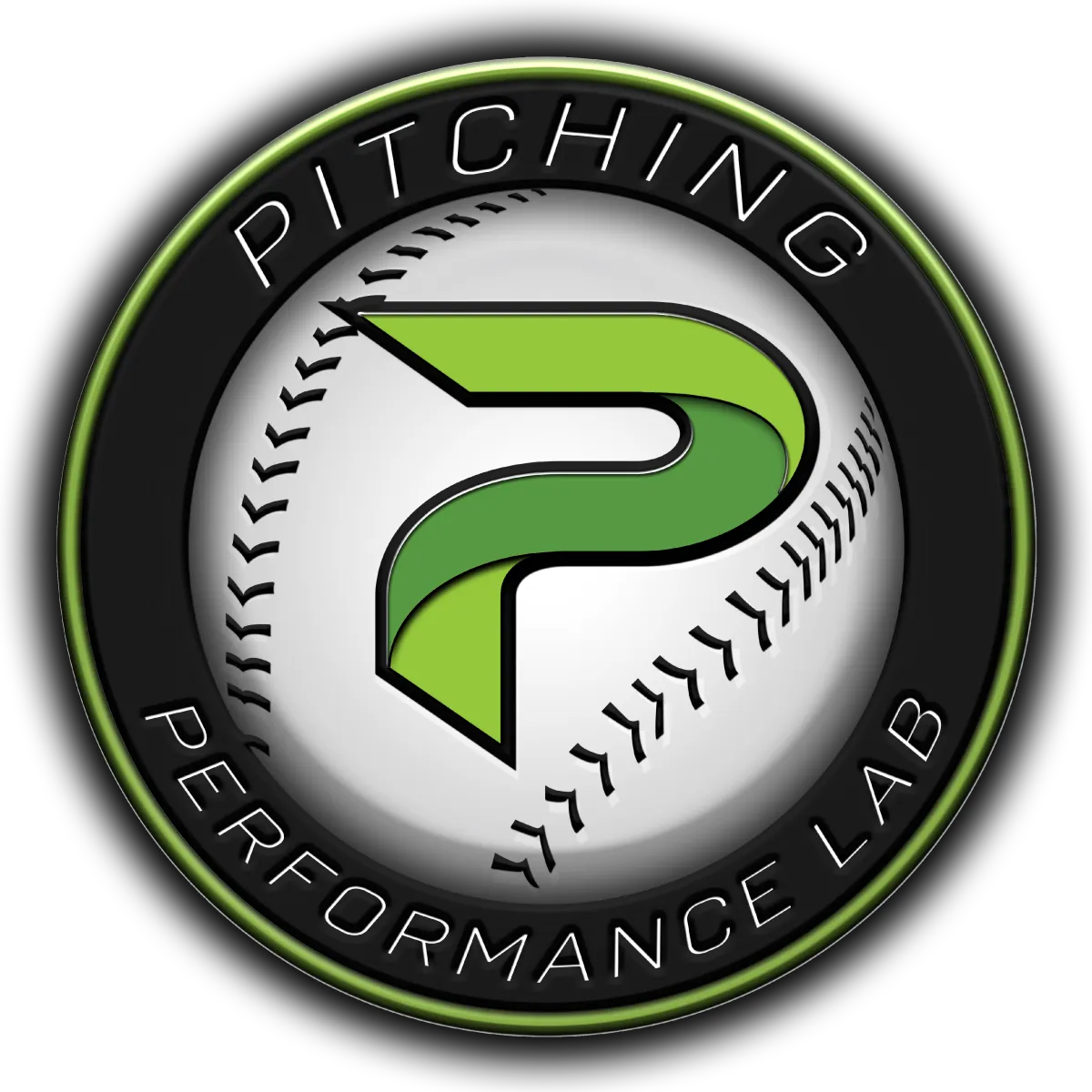FREQUENTLY ASKED QUESTIONS
Is PPL a "Velocity Facility?"
Athletes do tend to increase their velocity when training with us, but it's a byproduct of moving more efficiently and gaining strength/explosiveness. We do not take short cuts to try to have athletes make velocity gains. We have a structured plan for each athlete that is appropriate for the time of year, their physical readiness, physical maturity and their goals. We will work on mechanics, command and movement of all pitches before worrying about velocity.
Do you work on command/control?
When an athlete throws their screening bullpen with us, they will receive a grade on their command, movement and velocity. Command and movement will be addressed first, along with any delivery adjustments that need to be made. We will train command in these ways:
1) Placing an emphasis on always having a target when throwing a baseball
2) Creating a more challenging physical environment that challenges their ability to throw a ball accurately.
3) Using balls of different sizes/weights to allow the athlete to create more awareness of ball release.
We DO NOT train command by telling kids to "throw strikes," and you shouldn't either!
Do you work on pitching mechanics?
Each athlete will receive programming based around their delivery needs. We do not have every kid in the facility doing the same exact drills as one another, nor do we coach every kid the same way. We individualize each athletes training experience by allowing them to play a major role in the delivery adjustment process, not just sitting back and telling them what we believe to be good mechanics.
Do you use weighted balls?
Yes, but we do not use them with majority our athletes. We have protocols in place to help determine whether using them is right fit for the athlete. Some of these factors include:
1) Physical maturity.
2) Time of year the athlete starts training with us (in-season vs. off-season).
3) Injury history.
4) Athletes personal beliefs towards weighted balls.
Why does my credit/debit card get charged every week?
When you train with us, you get a detailed program that has multiple phases mapped out for a specified period of time. The program does not stop if you cannot make it to the facility one week. You are paying for the program itself and the coaching to supplement the program. We are currently not capable of predicting when you will not be able to make it to the facility. We have an open schedule, meaning you can train on a different day/time every week if needed to suit your own schedule. We ask that everyone who can't make their normal time/day to just change to another time/day that week. We do not do traditional make-ups because we've had dishonest people. If you miss your training time slot cannot find another day, we give those athletes the ability to do a "remote" week. That means you can communicate with your pitching coach every single day to get feedback beyond what you would by coming into the facility for just one day.
Why are parents not allowed in the facility during training hours?
The simple answer is a lack of space. We have maximized every inch of the facility to serve a purpose for the athletes in the building. The more detailed answer is that we want to dedicate the entirety of our time in the facility to coaching the athletes. We initially allowed parents in the facility, but a lot of our time was spent talking to parents instead of being able to coach. We love that parents want to be involved with their kid, but we have seen a drastic difference in the quality of work they put in without having to look over their shoulder at a parent.
Why do you only offer small group options?
Small group allows:
1) Cheaper price per session (Usually $70-$90 for a 60min private lesson vs. $100 for 2 hours of pitching and 2 hours of strength training with us.)
2) Allows athletes to learn how to interact in a group setting, just like being on a team.
3) Creates teachable moments about how to ask "authority figures" questions.
4) Promotes the athlete to be proactive in their own development.
5) Prepares the athletes for baseball at higher levels (high school, college)
6) Each athlete still receives 1 on 1 attention with a 3:1 or 4:1 player to coach ratio.
How many days per week do athletes train in-person at PPL?
High School and Middle School athletes can train 1, 2 or 3 times per week. College and Professional athletes can train up to 6 times per week.
What does the $300 onboarding fee cover?
The fee helps cover the following items:
1) The time it takes us to screen the athlete.
2) The time it takes us to go over all screening data.
3) The time it takes us to create a customized program designed around their flaws.
4) The time we spend doing a performance review with each athlete (we go over their program and video and record it for parents to watch).
5) Multiple staff members working on each step of this entire process.
DIDN'T SEE YOUR QUESTION?
